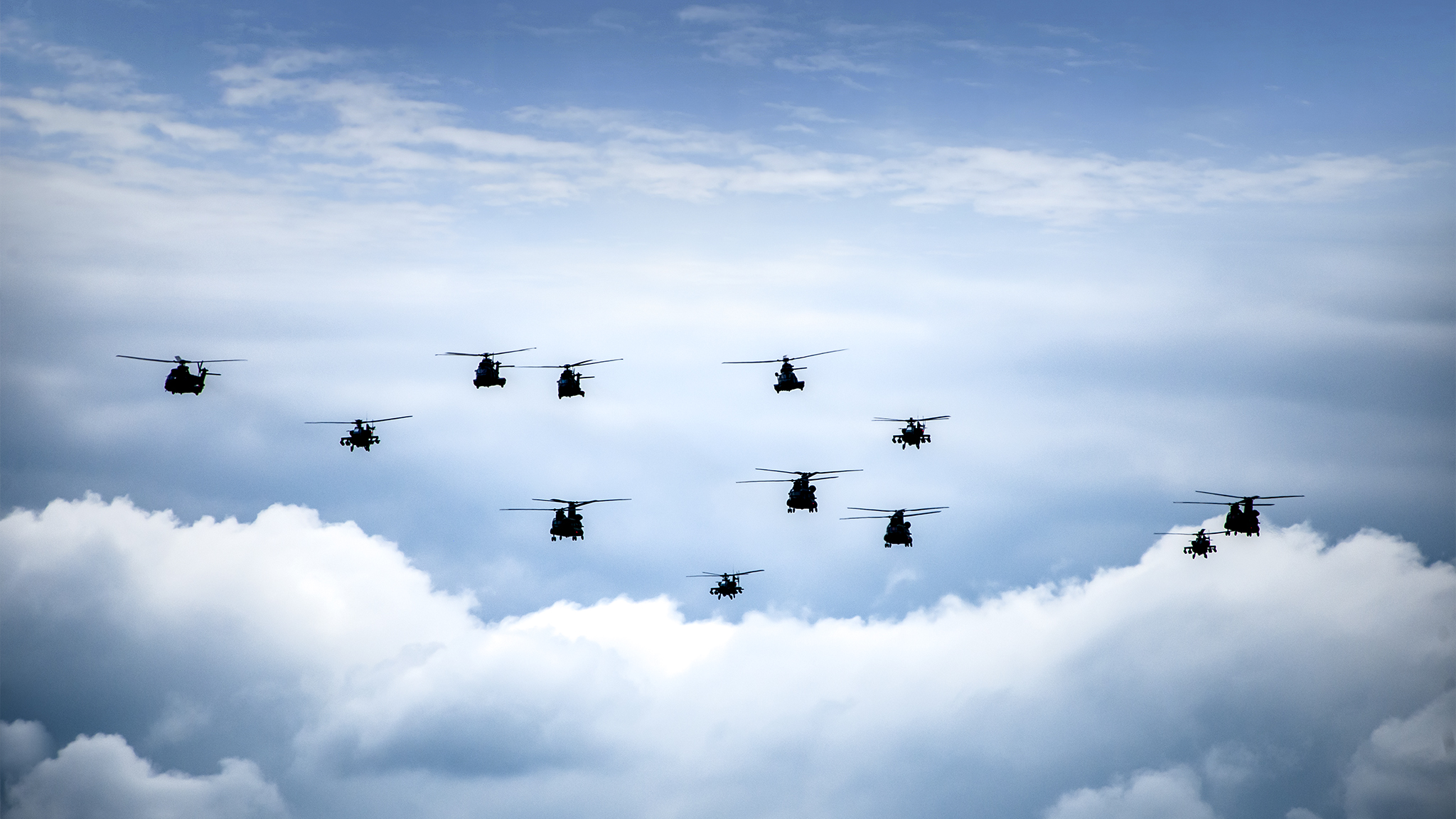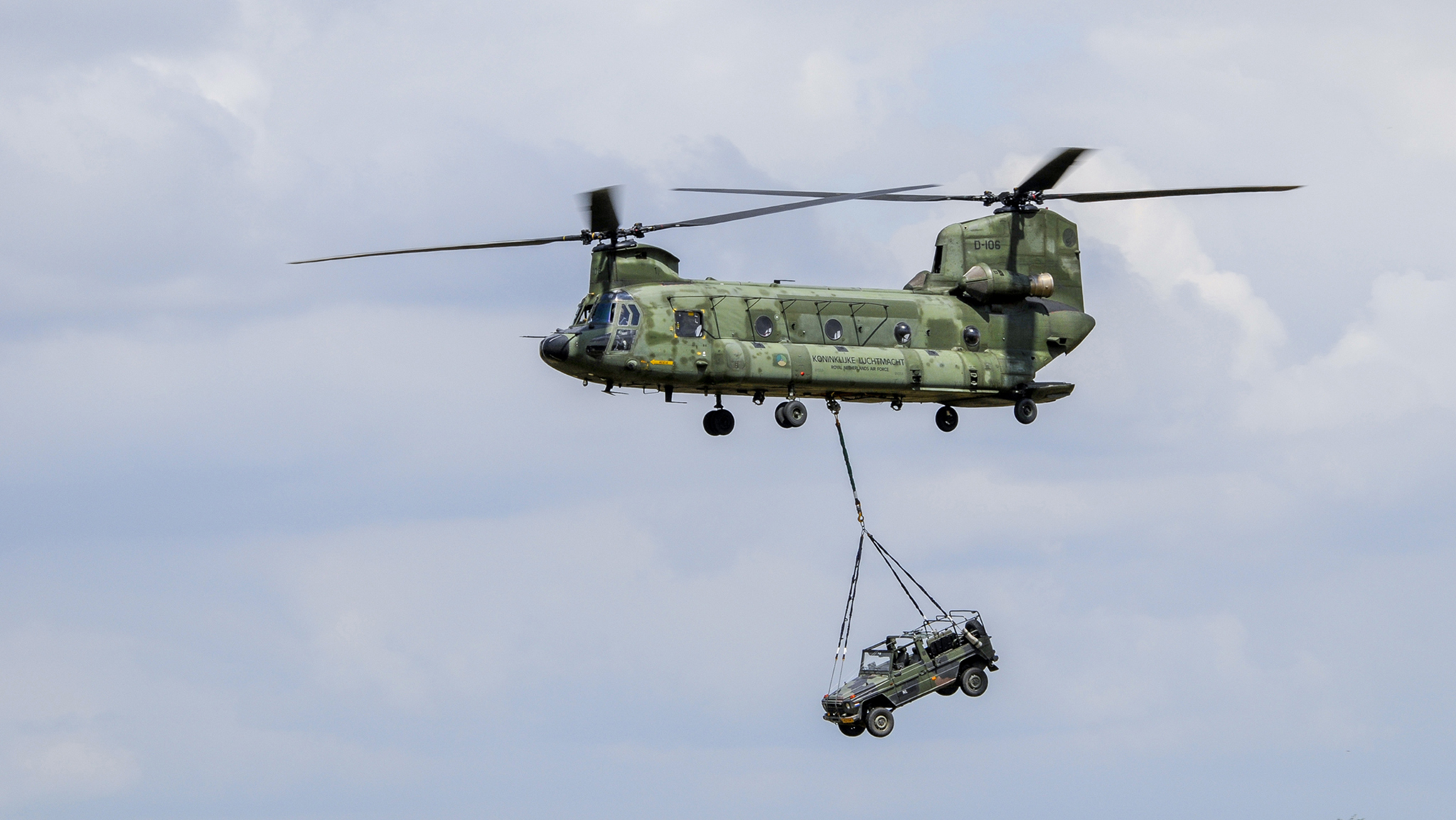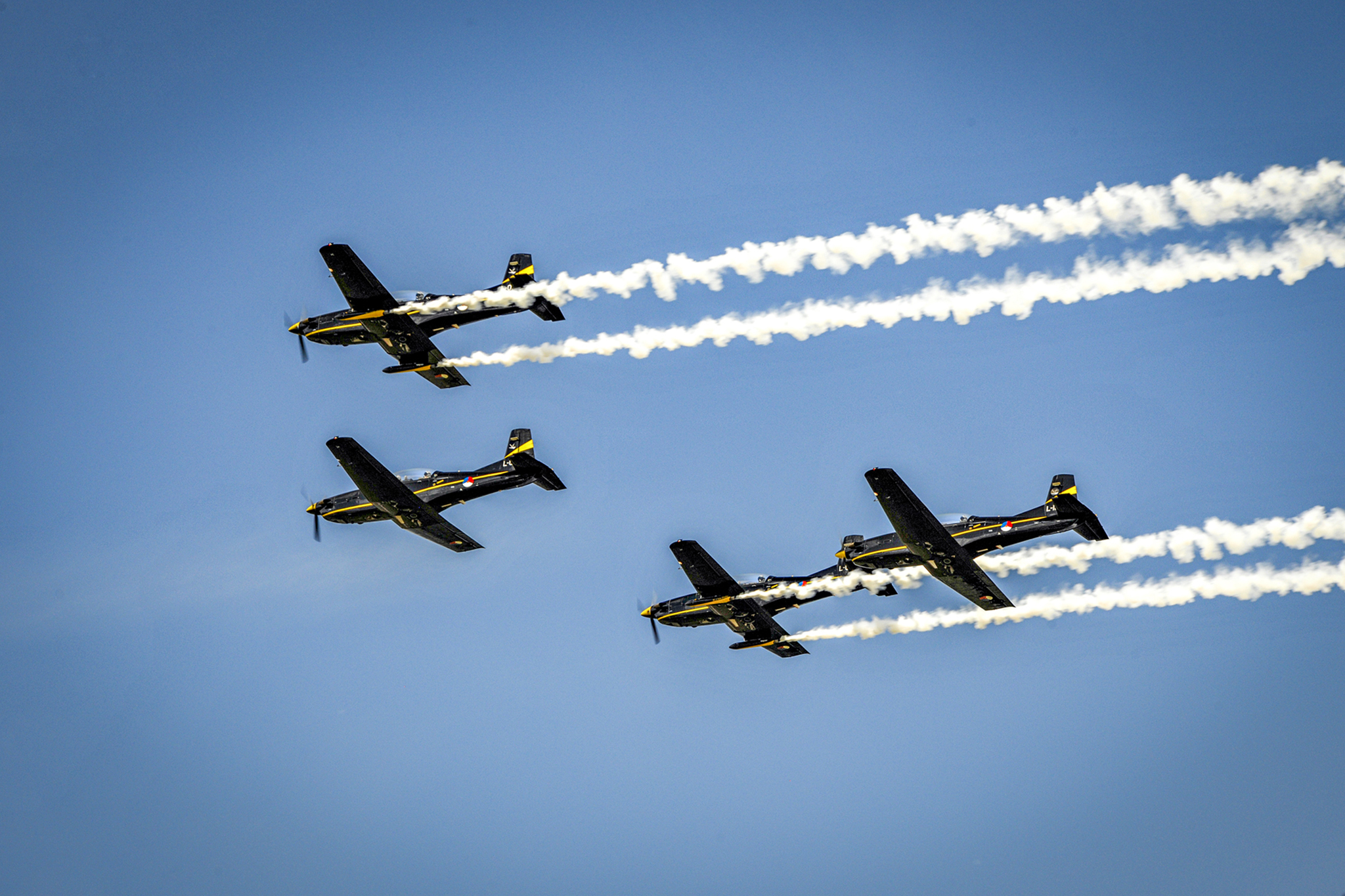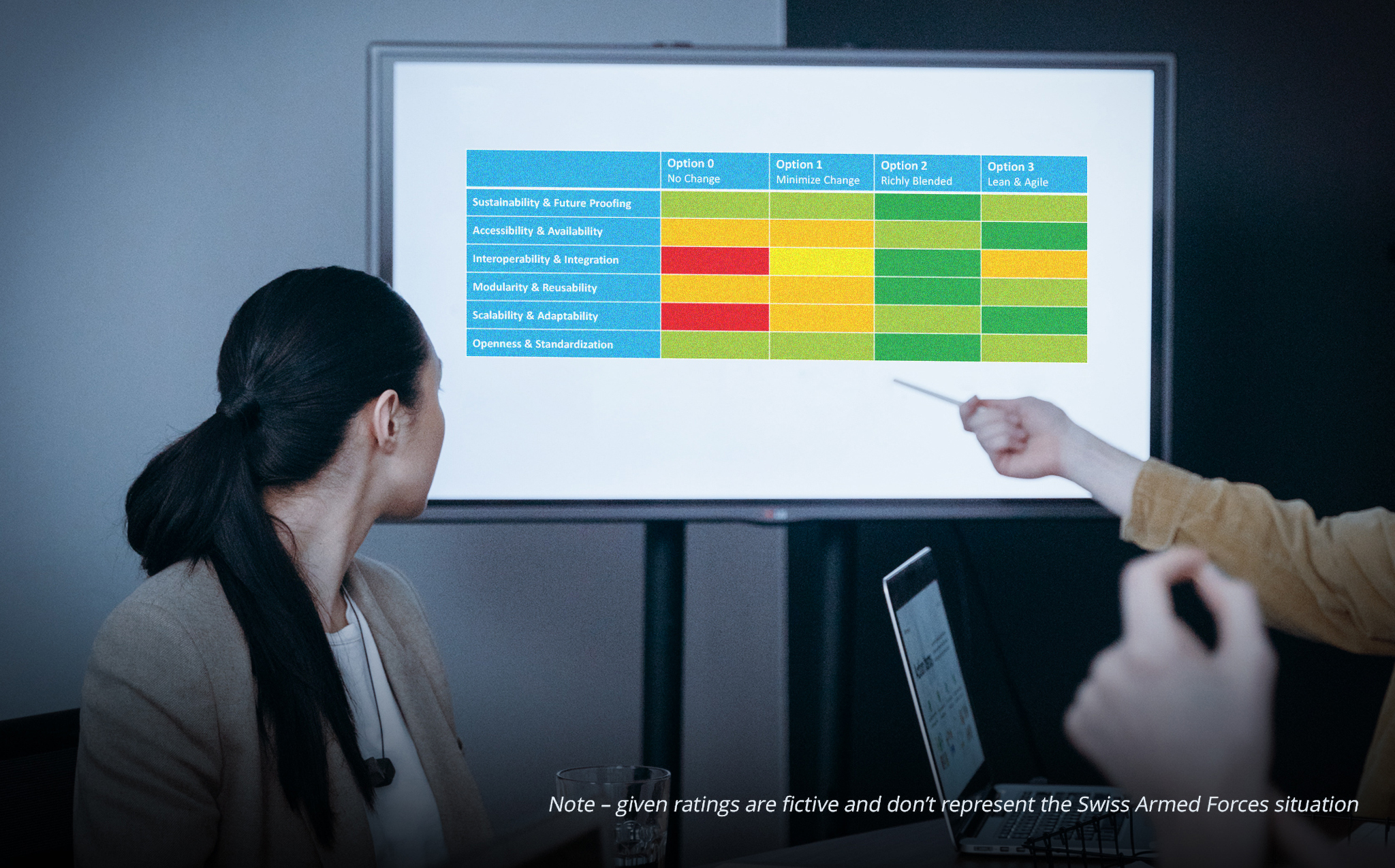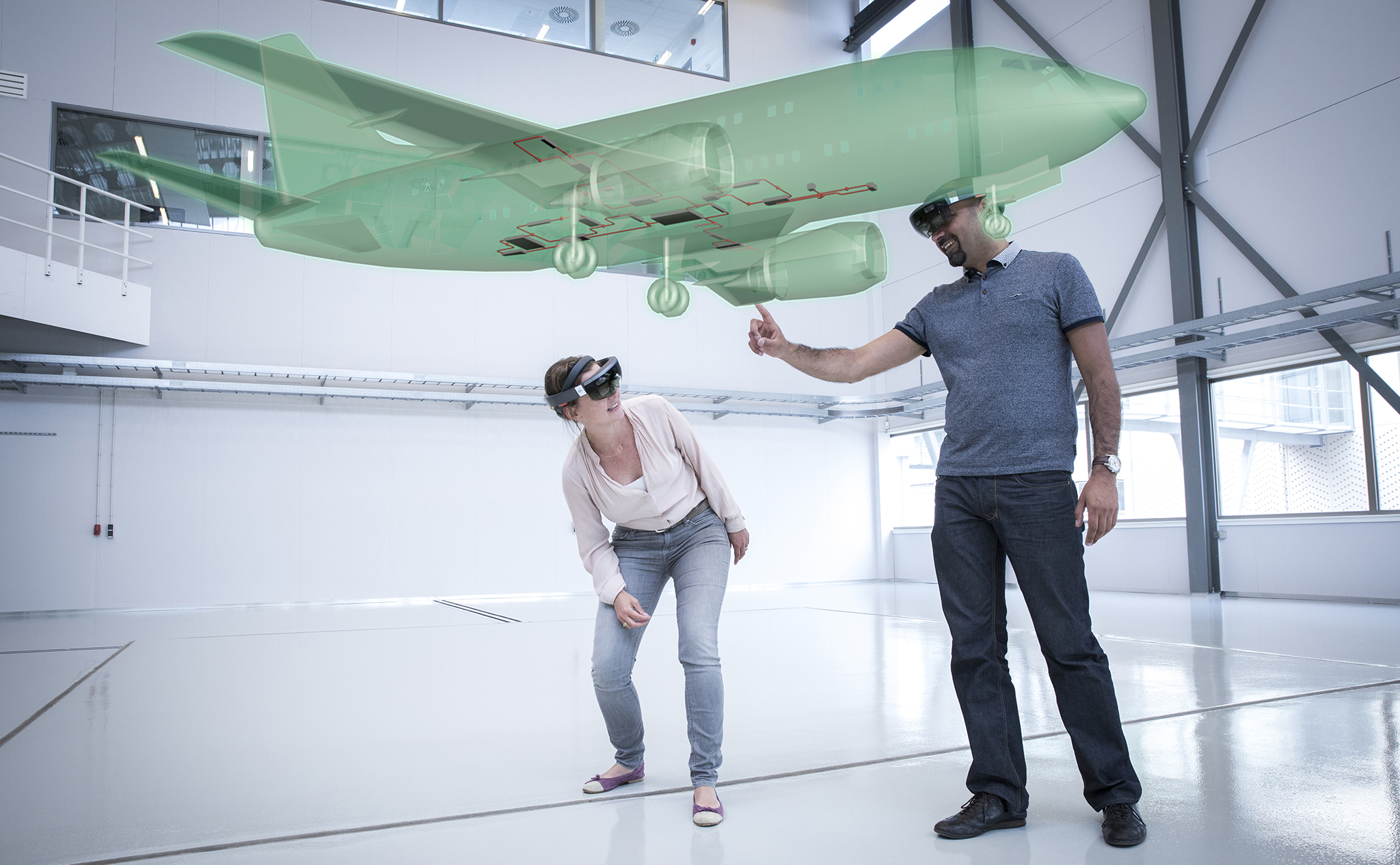
Training Media Analysis (TMA)
Each part task and whole task that is defined in the blueprint of the training needs to be analysed via the BLE method (blended learning) designed by NLR. Also, requirements emerging from the training concept need to be taken into account (e.g. data gathering requirement for performance based training or interconnectivity requirements for a live virtual constructive environment). The principle of the BLE method is a questionnaire that defines the minimum user requirements of the media for each training element (e.g. whole task, part task, supporting theory). Those user requirements guide the selection or development of the training media.
A TMA will contain:

User requirements per task
Determine user requirements for training media. Performance data requirements for direct after action review and learning analytics also need to be taken into account here.
Training media sanity check
Ensure realistic selection of training media with respect to affordability, time, space, acceptance, reusability, safety, etc.
